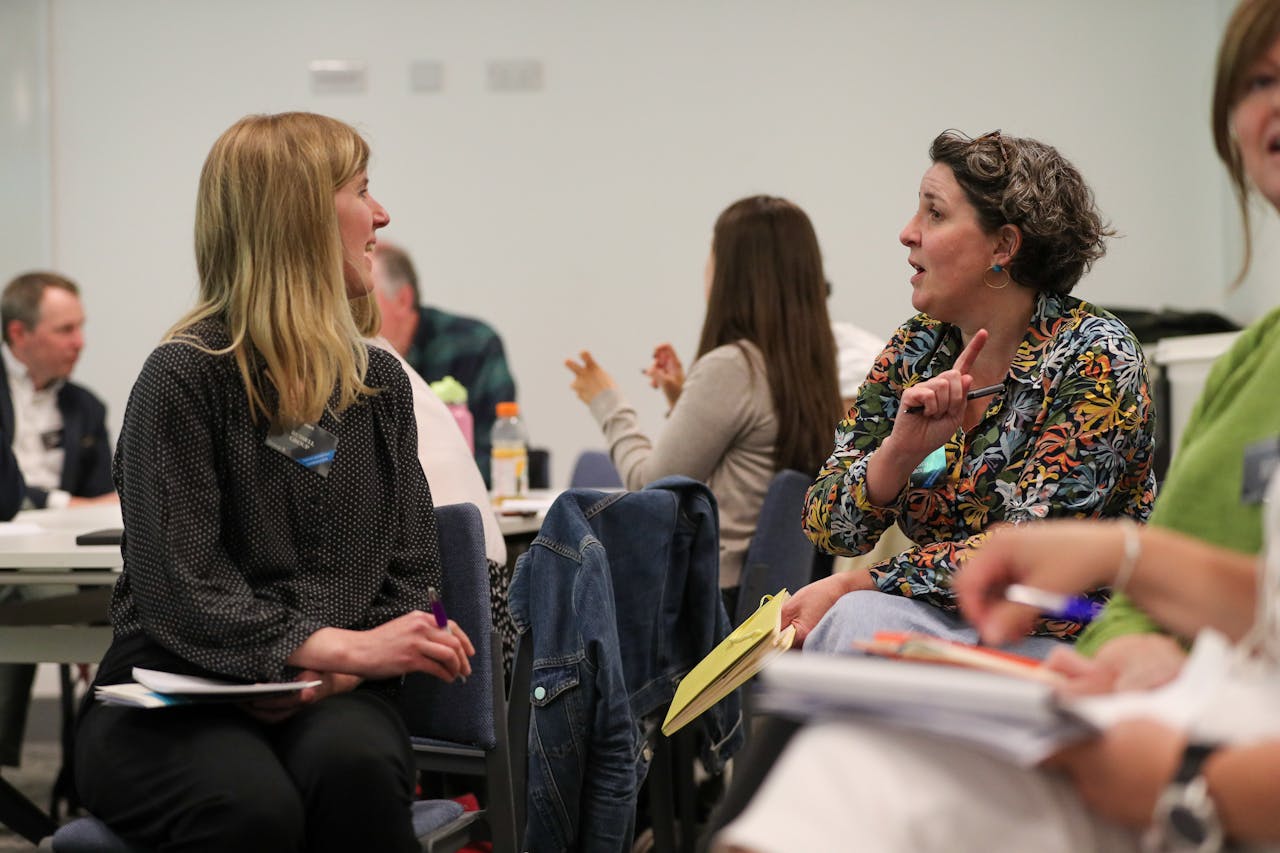Limitations of disadvantage metrics
Without nuanced insight into individual students, universities are forced to use proxy measures in order to assess who is eligible for contextual offers or other WP initiatives, which is why the Sutton Trust were compelled to assess the accuracy of these measures. They concluded that the number of years a child has been eligible for free school meals (FSM) is the best available marker for childhood poverty and is therefore likely to be the best indicator for use in contextual admissions. While UCAS did begin providing data on individual students’ FSM eligibility to universities from 2021, this does not include the number of years a student has been eligible for FSM. This is a data point that could be obtained and used to inform practice at the school/college level though. This information may not be readily available, but conversations can be had, and openness encouraged.
POLAR information is currently used by many universities as their key measure, but the report points out that the measure was not intended as an indicator of family level socio-economic status and correlation between this and family income is described as ‘very poor’ (click here for an explanation of the POLAR measure of disadvantage). Indeed, 48% of children classified as “disadvantaged” using the POLAR classification are not from a low-income background.
The report continues, ‘Parental education level, specifically whether someone is first in family to attend university, is also a common marker used by universities. FiF graduates are less likely to have a parent working in a higher managerial occupation (40% versus 85%), or who own their own home (76% versus 92%).’ However, this measure is not verifiable by universities, and while it is undeniably difficult for schools to verify this information, it is possible to make this part of the conversation with students when discussing their needs.
This is what the report has to say about the Index of Multiple Deprivation (IMD):
"The IMD is the official measure of relative deprivation used in England. It is based upon seven indicators about the local area (approximately 650 households) in which a young person lives: income, employment, health, education, crime, housing and living environment. As an area-level measure, it requires information about home postcode, collected from schools, government records or self-reported by pupils. When used by universities in contextual admissions, disadvantaged pupils are usually defined as IMD quintiles 1 and 2 – the most disadvantaged 40% of children by this measure. This is broadly consistent with evidence that suggests the most disadvantaged 34% of pupils according to this measure serves as the best proxy for a low-income family background.
Even when used optimally, it can only capture income deprivation with limited accuracy, missing around 27% of children from low-income backgrounds. Moreover around 30% of children are inaccurately classified as coming from a disadvantaged (permanently ‘low-income’) background using the IMD.
There are also some important biases in this measure as a proxy for low family income. Specifically, the IMD underestimates the probability that BAME children, those living in London, those living in rented accommodation, single parent families and those children with young mothers are in the lowest income group."
With the limitations of the current measures, there are no ‘one size fits all’ solutions available to us. As a result, indicators we identify as relevant in our contexts need to be recorded by schools centrally, just as we would do for measures of achievement or safeguarding concerns.
Current measures of social and economic disadvantage can be crude. Although ‘BAME’ is used in the report cited above, it is an increasingly outdated definition. It is still used by some schools to indicate students who may require additional support, but this vast group contains too many nuances for it to be either helpful or a desirable way to describe individuals. Government figures2 show, for example, that students who identify as being of Chinese ethnicity have the highest rate of progression to Higher Education of all ethnicities while white students have the lowest progression rate and the least improving picture. Grouping students of all minority ethnicities together both ignores the facts and the individual.
There is also the issue of students not identifying themselves as being from an underrepresented group, either because they do not see themselves as belonging to a particular group or because they are concerned that they will be treated differently.



